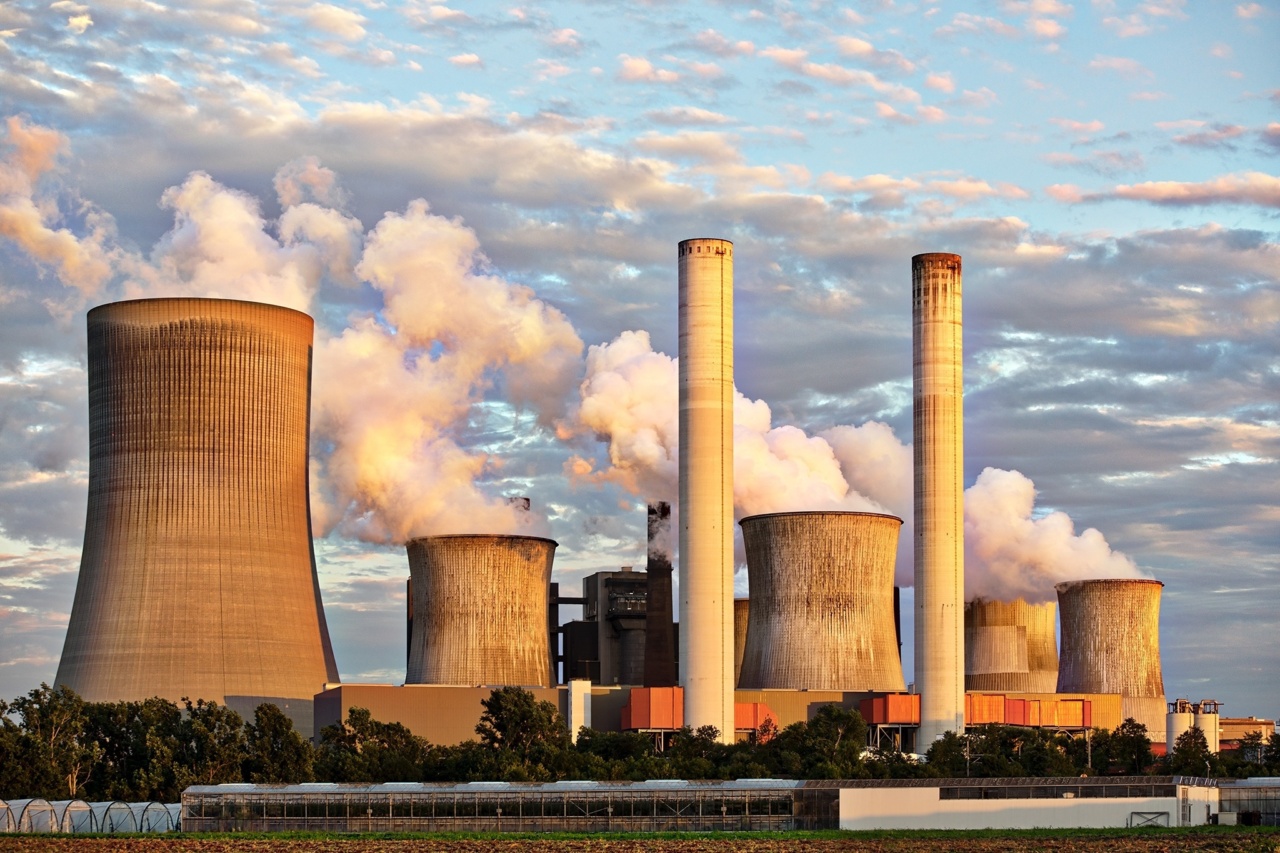Oral cancer is a significant healthcare challenge worldwide, with a higher incidence rate in developing countries. Air pollution is also a significant health issue globally, with its adverse effects on respiratory and cardiovascular systems.
Recent studies have suggested a possible link between air pollution and oral cancer, although the evidence is still emerging. This article discusses the potential link between oral cancer and air pollution, the research conducted to date, and possible preventive measures.
What is Oral Cancer?
Oral cancer refers to the malignant growth of cells in the oral cavity, including the lips, tongue, cheeks, hard and soft palate, gums, and floor of the mouth.
Common symptoms include persistent mouth sores, swelling, numbness, and difficulty in chewing and swallowing. Smoking, chewing tobacco, excessive alcohol consumption, and human papillomavirus (HPV) infection are common causes of oral cancer. Oral cancer accounts for 2% to 4% of all cancers worldwide, with an estimated 350,000 new cases diagnosed each year.
What is Air Pollution?
Air pollution refers to the presence of harmful substances in the air we breathe, such as particulate matter, nitrogen oxides, sulfur dioxide, carbon monoxide, and ozone.
Sources of air pollution include industrial emissions, vehicular exhaust, household heating and cooking, open fires, and natural sources such as dust storms. Air pollution has been linked to respiratory diseases, such as asthma and chronic obstructive pulmonary disease (COPD), cardiovascular diseases, such as heart attacks and strokes, and certain types of cancer.
How Could Air Pollution Be Linked to Oral Cancer?
In recent years, several studies have suggested a possible link between air pollution and oral cancer.
One mechanism could be the inhalation of airborne carcinogens, such as polycyclic aromatic hydrocarbons (PAHs) and heavy metals, which can be absorbed through the respiratory system and transported to other organs, including the oral cavity. PAHs and heavy metals are known to cause DNA damage, oxidative stress, inflammation, and cellular changes that can lead to cancer.
Another mechanism could be through the formation of reactive oxygen species (ROS) and nitrogen species (RNS) in the respiratory system due to exposure to air pollution.
ROS and RNS can cause oxidative stress, inflammation, and DNA damage, which are all hallmark features of cancer development. Moreover, air pollution exposure has been shown to weaken the immune system, making individuals more susceptible to cancer.
Research Studies Linking Air Pollution with Oral Cancer
Several research studies have provided evidence for a possible link between air pollution and oral cancer.
A study conducted in Taiwan found a positive correlation between air pollution exposure, as measured by particulate matter (PM) levels, and the incidence of oral cancer. The study suggested that PM exposure could increase the risk of oral cancer by up to 43%.
Another study in India found a significant association between exposure to PM and nitrogen oxides and the prevalence of oral cancer, with individuals living in highly polluted areas having a higher risk.
A study conducted in Italy found that exposure to particulate matter from vehicular traffic was associated with a higher risk of tongue cancer.
The study suggested that ultrafine particles from vehicular exhaust could penetrate the oral mucosa and accumulate in the tongue tissue, where they could cause oxidative damage and inflammation.
Other studies have investigated the association between air pollution exposure and HPV infection, which is a known risk factor for oral cancer.
A study conducted in Mexico City found that exposure to air pollution was associated with a higher prevalence of HPV infection in the oral mucosa, suggesting that air pollution could amplify the carcinogenic effects of HPV.
Preventive Measures Against Air Pollution and Oral Cancer
Preventive measures against air pollution and oral cancer should be aimed at reducing exposure to harmful substances in the air and promoting healthy lifestyle habits.
Governments should enforce strict regulations on industrial emissions, vehicular exhaust, and other sources of air pollution and invest in sustainable transportation and renewable energy sources. Individuals can also take steps to reduce their exposure to air pollution, such as using public transportation, walking or biking instead of driving, and using indoor air filters and plants.
Preventing oral cancer requires avoiding risk factors such as tobacco and alcohol use, practicing good oral hygiene, and getting regular check-ups with a dentist. Vaccination against HPV is also recommended for individuals at high risk of infection.
It is essential to maintain a healthy diet rich in fruits and vegetables, which are sources of antioxidants that can help reduce the oxidative stress and inflammation caused by exposure to air pollution.
Conclusion
The possible link between air pollution and oral cancer is an emerging area of research that warrants further investigation.
Air pollution is a significant public health issue that can have adverse effects on various organ systems, including the oral cavity. Preventive measures against air pollution and oral cancer should be a priority for governments and individuals alike, to promote a healthier and sustainable future for all.






























